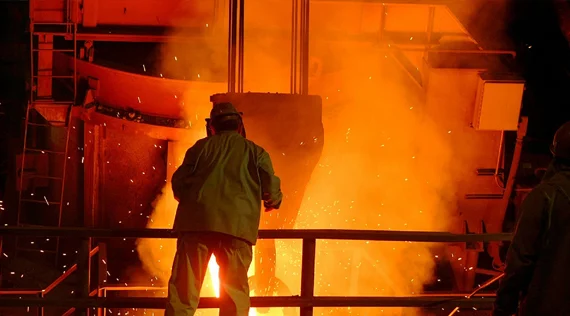Aluminum is Base Metals Analysts’ Bull Pick for 2025
Aluminum | 2025-02-05 11:41:00
Supply dynamics are top of analysts’ minds in terms of likely winners and losers this year but a troubled macro picture hangs over the industrial metals complex.
SEATTLE (Scrap Monster): Aluminum is expected to be the top performer among the London Metal Exchange (LME) base metals pack in 2025, with analysts forecasting a supply shortfall of the light metal this year.
Analysts participating in the Reuters January base metals poll also see higher average cash prices for zinc, copper and tin this year relative to 2024.
Nickel is the conviction bear call even after the average LME cash price fell by almost 22% last year. No-one expects anything other than continued nickel oversupply both this year and next.
Supply dynamics are top of analysts’ minds in terms of likely winners and losers this year but a troubled macro picture hangs over the industrial metals complex.
Median forecasts for copper, tin, nickel and lead have all been cut since Reuters‘ last quarterly poll in October, reflecting concern about the demand impact from a tariff trade war.
Aluminum bulls
The average LME cash aluminum price rose by 4.9% year-on-year in 2024 and is set to climb another 6.3% to $2,573.50 per metric ton in 2025, according to the median forecast of 33 analysts participating in the January poll.
The outcome was little changed from the October poll, suggesting a hardening conviction in the metal’s bullish prospects.
Underpinning the higher price forecast is an expected shift in market dynamics to a supply shortfall. Analysts swung their consensus to a market deficit of 8,000 tons in 2025 from oversupply of 100,000 tons in the previous poll.
The deficit is expected to grow to 365,000 tons in 2026 with the average price lifting further to $2,626 per ton.
Tightness in the alumina market has recently buoyed the aluminum price but the bigger structural supply constraint is China’s smelter capacity cap.
China’s national output was running at an annualized 43.9 million tons at the end of 2024, close to the 45.0 million cap.
If the world’s largest producer has run out of expansion potential, it’s far from clear how the rest of the world is going to fill the output gap.
Courtesy: www.mining.com
 By
By 